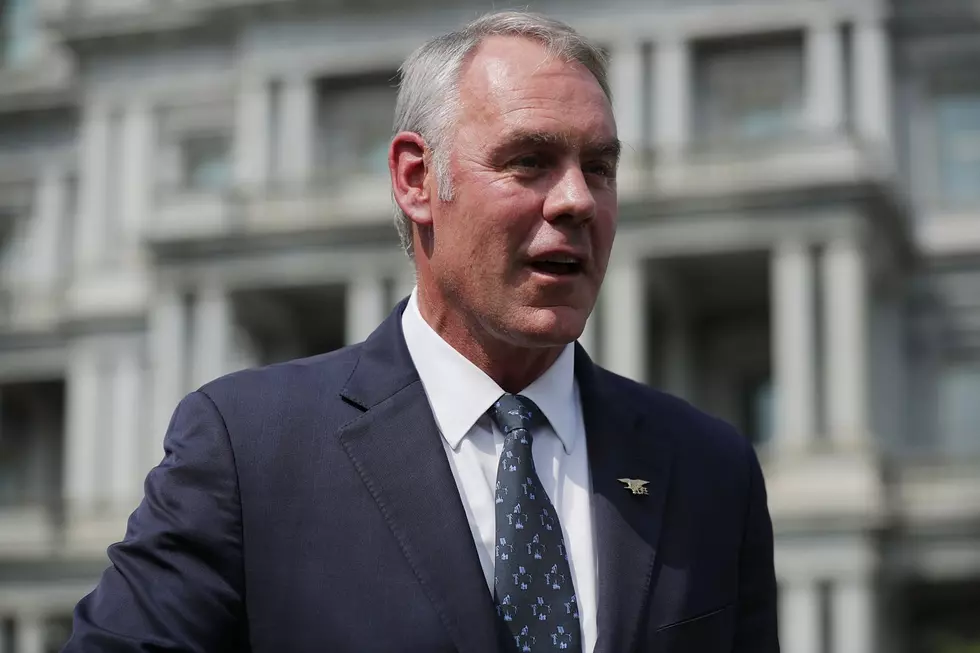
Where Does The Money Come From to Get Elected?
Have you ever wondered how decisions are made about who determines which candidate gets the bulk of the campaign donations? The answer might surprise you.
If you think its politics you’d be half right. Mostly the money will follow that one very elusive word.
Money Follows Power
A known entity is always better than an unknown. That’s why incumbent politicians get the bulk of the dollars from both Republican and Democrat donors.
Labor unions are the only group that might break ranks and vote for a challenger but for the most part that’s money wasted.
Re-Election Rates
Which election had the lowest re-election rate in the House in the past 40 years? It would be the 2010 election. What percent was it that was so low?
When the dust settled only 90 percent of those running for re-election were sent back to the House. Pretty low huh?
US Senate races have averaged between a high of 96 percent to a low of 79 percent over the past 20 years.
Sorry, Money Doesn’t Cut It
It you think being a Donald Trump can get you in then you might want to re-think your campaign strategy.
Only 11 of 58 millionaires challenging seats in the House and Senate using their own money were successful.
I would love to tell you that whomever has the most bucks to spend always wins an election. But history just doesn’t bear that out. Nothing wrong with giving your money to a challenger but only give what you think you can afford to loose because the odds are not in your favor.
How Much Is Enough?
How much does it cost to buy a seat at the adult table? The average amount spent to win a house race in 2010 was $1.4 million and change.
If your desire is to be a senator you’re going to have to pony up about 7 times more. Or, in paycheck-to-paycheck terms we can all understand, somewhere between $8-$10 million dollars.
If you want to be president you are in a whole different league.
What’s the going rate to be president these days? The 2016 oval office occupant will spend over $1 billion before he or she is sworn in.
The last mid-term election held in 2010 cost over $3.6 billion or about 28 percent more than the 2008 general election.
What 2016 will cost is anyone’s guess. But at this writing with 22 candidates and counting it will probably be off the charts expensive
Who Really Finances Elections?
If you believe that the minimum wage crowd giving $200 to a candidate finances an election you’d better think again. Have you ever donated to a politician?
Only 10 percent of the rank and file worker ever has.
The 2014 election the biggest ever for small donors found that only one percent of one percent gave campaign money to candidates.
There are only four real sources of political money.
- PAC’s – Political Action Committees. The law prohibits any contact between these groups and the candidates or causes they promote with their donations.
- Large, and we do mean large, political donors. People who can give several million and never miss it.
- Next, you have those small $200 donors. The one percent of the one percent of the vanishing middle class.
- Last, but not least, is the candidate’s personal fortune. Donald Trump or Michael Bloomberg as recent examples.
Some Final Thoughts
Spend millions to win a job where you work around 100 days a year and gross a lousy $174 grand?? Who does that?
The presidency is even more baffling. Seventeen Republicans and five Democrats have declared that they are running for president of the United States as of this writing.
Two will be left standing in November of 2016.
Who talks these geniuses into this feeding frenzy? Is it ego, quest for power, or really trying to make a difference? Or maybe they feel the need to fill that last spot on their resume.
You can create a lot of jobs with $3.6 billion dollars so maybe it’s worth the overspending to get a $400,000 a year gig.
Who’s getting your $200 this time around?
Comments below.
More From KMMS-KPRK 1450 AM









